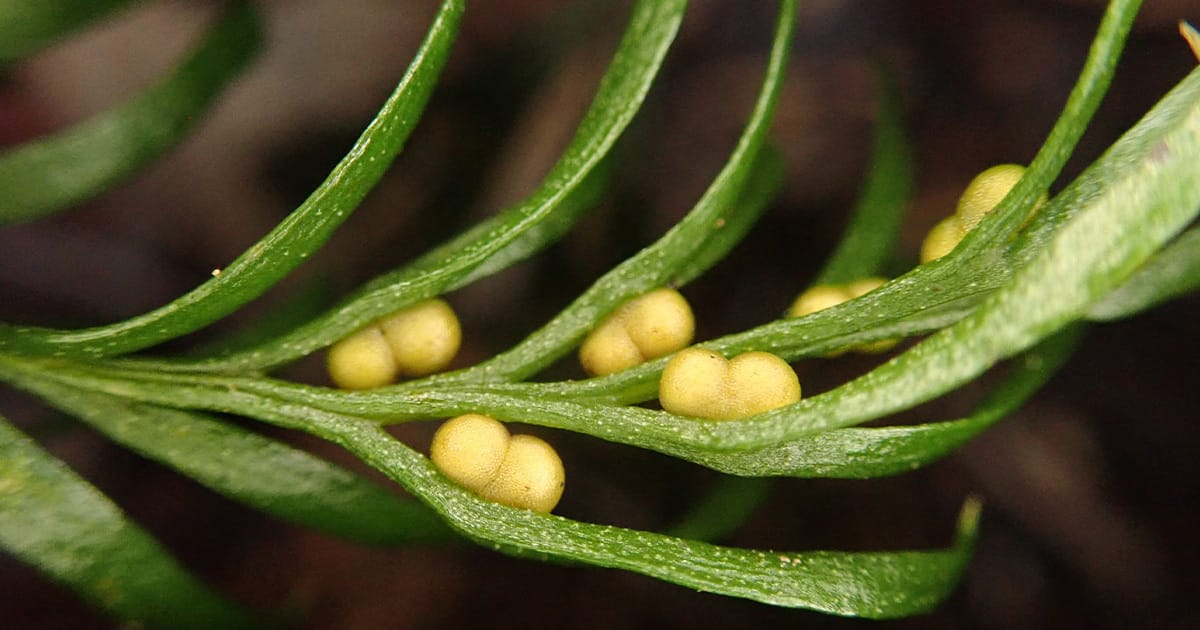
Groundbreaking discovery: Tiny fern holds largest genome ever sequenced
What's the story
In a remarkable scientific breakthrough, researchers have discovered the largest genome ever sequenced in a small Pacific fern known as T. oblanceolata. This unassuming plant was found in Grande Terre, a volcanic archipelago in New Caledonia. "It doesn't catch the eye," said botanist Jaume Pellicer, part of the international team that made this discovery. "You would probably step on it and not even realize it," he told The New York Times.
Genome size
A record-breaking 160 billion base pairs
The researchers were astounded to discover that the fern's genome contained approximately 160 billion base pairs of DNA, over 50 times larger than the human genome. This record-breaking finding, published in iScience journal, "challenges current understanding and opens new avenues to explore the evolutionary dynamics of genomic gigantism." The T. oblanceolata's genome surpasses all previously known records by a significant margin.
Record breaker
Surpassing previous plant and animal records
The genome of T. oblanceolata contains around 11 billion more DNA pairs than the next-closest plant genome, and 30 billion more than the largest animal genome. While the former is held by a Japanese flowering plant, Paris japonica, the latter belongs to a marbled lungfish. Interestingly, if one cell from this fern were stretched out, it would stand taller than the Statue of Liberty.
Unresolved questions
The mystery of the fern's gigantic genome
The reason behind the enormous size of T. oblanceolata's genome remains a mystery to scientists. They speculate that managing such an extensive amount of genetic information, could be challenging due to factors like physical space requirements and resource availability for cell division. Despite these challenges, Pellicer suggests that the fern's large genome may reflect the stability of its environment rather than the plant's needs.